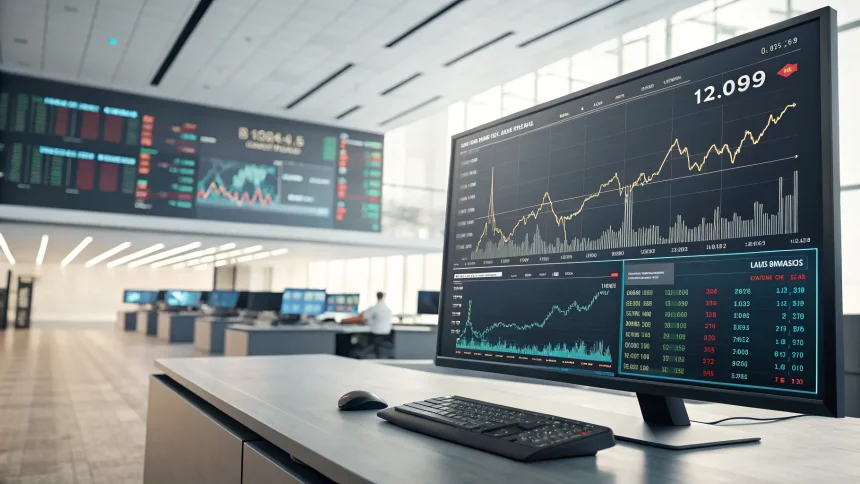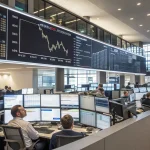Substantial capital inflows into specific segments of the exchange-traded fund (ETF) market could be nearing their maximum levels, potentially setting the stage for a market correction similar to what occurred during the pandemic, according to a market expert.
The warning comes as several ETF sectors have experienced unprecedented investment volumes in recent months, raising concerns about market stability and the sustainability of current trends. This pattern mirrors pre-correction conditions observed in early 2020 before the COVID-19 market crash.
Concentrated Investment Patterns
Rather than broad market participation, the current ETF inflows appear concentrated in specific market segments. This concentration creates potential vulnerabilities, as these sectors may become overvalued relative to their fundamentals.
The expert suggests that when investment flows become too focused in particular areas, it often precedes a market adjustment. Historical data shows that extreme capital concentration frequently leads to heightened volatility and eventual corrections.
Market analysts have noted several ETF categories receiving disproportionate attention:
- Technology-focused funds
- Artificial intelligence themed ETFs
- Certain sector-specific products
Pandemic Parallel
The comparison to pandemic-era market conditions is particularly noteworthy. In early 2020, certain market segments saw massive inflows before experiencing sharp corrections when COVID-19 disrupted global markets.
“When we see this level of concentrated investment activity, it often signals that market enthusiasm may be outpacing economic fundamentals,” the expert cautioned.
This pattern reflects investor behavior during previous market cycles, where excessive optimism in specific sectors eventually led to significant pullbacks. The pandemic correction saw some ETF categories lose 30-40% of their value in a matter of weeks.
Risk Factors and Warning Signs
Several indicators support the expert’s concerns about current market conditions. Trading volumes in popular ETFs have reached multi-year highs, while price-to-earnings ratios in some sectors exceed historical averages by significant margins.
Additionally, retail investor participation has surged, often a sign of late-cycle market behavior. This increased participation from less experienced investors typically occurs near market peaks.
The expert also pointed to narrowing market breadth—where fewer stocks drive overall market gains—as another warning sign that the current trend may not be sustainable.
Potential Market Implications
If the predicted correction materializes, investors heavily allocated to these popular ETF segments could face significant losses. Institutional investors may be better positioned to weather such volatility due to more diversified portfolios.
Market liquidity could also become a concern during a correction. When investors rush to exit positions simultaneously, ETF prices can disconnect from their underlying assets, potentially amplifying market moves.
Financial advisors recommend that investors review their portfolios for overexposure to these high-inflow ETF categories and consider rebalancing to more defensive positions if appropriate for their investment goals.
While timing market corrections remains notoriously difficult, the expert suggests that current conditions warrant caution. Investors might benefit from examining historical patterns and adjusting expectations accordingly as these concentrated ETF inflows potentially approach their peak.







